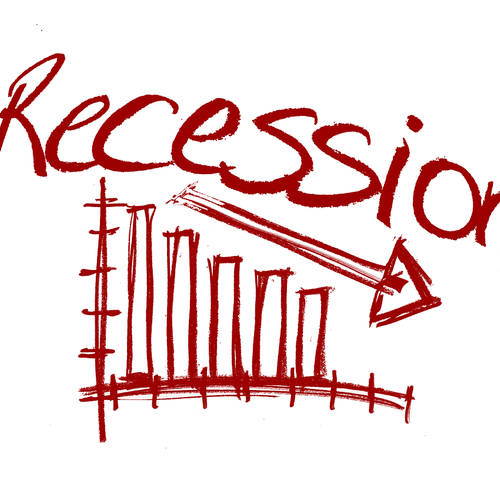In the heart of Southwestern Ontario lies a city that’s rapidly becoming a magnet for savvy real estate investors: Waterloo. Known for its dynamic economy, vibrant community, and burgeoning tech sector, Waterloo is not just a great place to live; it’s also a golden opportunity for multifamily real estate investment. Here’s why.
A Closer Look at Waterloo
Waterloo is a city that thrives on innovation and education, with a population of approximately 141,000. The demographics speak volumes – a median age of 38 and a highly educated workforce, with over 70% holding post-secondary degrees. The median household income hovers around $98,000, painting a picture of a community with strong purchasing power and a solid foundation for rental demand.
Geographically, Waterloo is a gem. Its strategic location in the Toronto-Waterloo Region Corridor, excellent connectivity, and proximity to the U.S. border make it an economic powerhouse. The city is a hub for tech giants and startups alike, including BlackBerry, Google, and Shopify, contributing to an unemployment rate that’s consistently below the national average.
Why Waterloo Shines in the Housing Market
The Waterloo housing market has been on a steady incline for years, though recent setbacks have caused some turbulence. However, these issues appear to be correcting themselves as we approach 2025, with average home prices still around $800,000. This growth, driven by strong demand and limited supply, has led to fierce competition among buyers, making homeownership increasingly challenging for many. As a result, the rental market has strengthened, with more individuals and families opting for renting as a more feasible alternative amidst the ongoing pressures of the housing market.
The Rental Market: A Land of Opportunity
Waterloo’s rental market is tight, with vacancy rates well below the provincial average, and average rents for a two-bedroom apartment around $1,800. This tightness is not just a passing trend but a consistent feature over recent years, driven by the city’s strong economic growth and limited housing supply.
This environment has created a unique opportunity for real estate investors. The demand for rental units is high, and with the competition for available units fierce, landlords can expect less vacancy time and potentially higher rental yields.
Why Investors Are Turning to Waterloo ↓
High Demand and Low Vacancy
The low vacancy rates and escalating rents are clear indicators of the high demand for rental units in Waterloo. This ensures investors can enjoy consistent demand and potentially lower turnover costs.
Strong Economic Foundation
The city’s economy is robust, diversified, and growing. The presence of major tech companies and educational institutions provides a stable employment landscape, which in turn supports a strong rental market.
Desirable Demographics
Waterloo’s young, educated, and relatively affluent population is the ideal tenant base for multifamily properties. This demographic is often looking for quality rental accommodations near employment opportunities and educational institutions.
Supply Constraints
The challenges in the ownership market, including rising home prices and affordability concerns, have pushed more people towards renting. This, coupled with the limited supply of new rental units, means that demand is likely to outstrip supply for the foreseeable future.
Conclusion
Waterloo, Ontario, represents a promising frontier for real estate investors, especially those interested in the multifamily sector. With its strong economic indicators, favorable demographics, and constrained housing supply, the city offers a compelling case for investment. Whether you’re looking to expand your portfolio or step into the world of real estate investment, Waterloo is a market that merits serious consideration.



